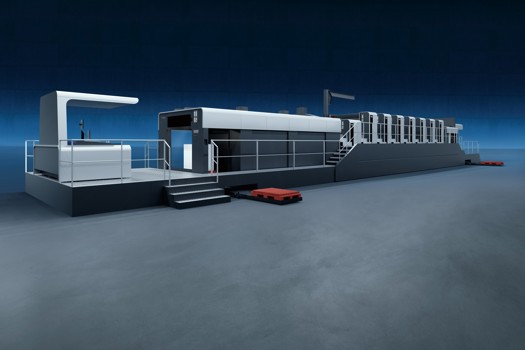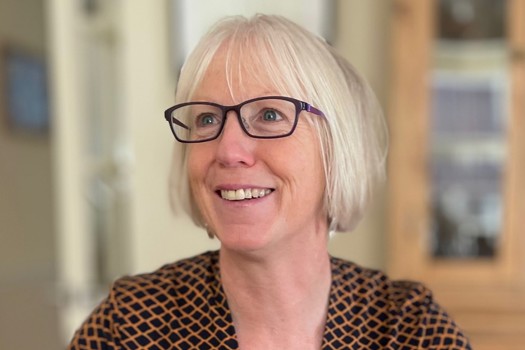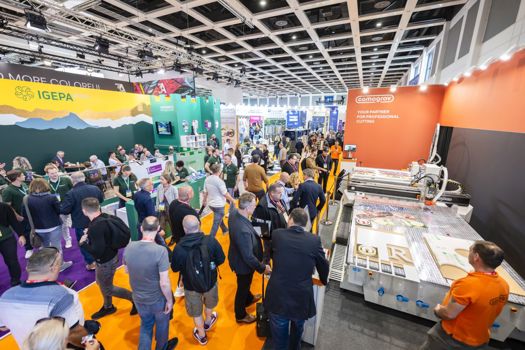In a report published last week, it was shown that the UK print industry is made up of 69% men and 31% women, while the manufacturing sector on a whole employs 75% men and 25% women. Across all UK workers, there is near-parity with 53% men and 47% women.
Acording to the report, women have their strongest representation in non-production print roles, 37%, compared to 28% of production staff being female.
While pay overall in print is on average lower regardless of gender than the median in manufacturing industries, its average hourly pay gap between genders was also found to be glaring, with men earning a median £13.29 per hour to women’s £11.82, representing a pay gap of 11% compared to the national gap of 8.6%.
BPIF marketing director Amy Hutchinson said: “By showing the position we are in now it gives the industry clarity and allows companies to view these stats and then do something to address the issue, if there is one within their company.
“This very much varies from company to company and from department to department through the industry, but on average we certainly see more male employees than female currently.
“The BPIF supports equal gender opportunities and through their management training are encouraging more women to progress to senior roles within the industry.
“We are also always pleased to support initiatives across the industry such as The Victoria Print Network launched by Kelly O’Sullivan from Sainsbury’s which encourages women in print to share stories and support each other.”
Earlier this month, Sainsbury’s print management controller Kelly O’Sullivan announced the launch of the Victoria network, an online group hosted on LinkedIn to connect women in the print industry at various levels of experience and seniority.
With the initial plan to swap stories and advice purely online, O’Sullivan aims to run events and set up mentor/mentee connections in the coming months.
Reacting to the BPIF’s latest figures, she said: “I am not surprised by the figures. I would say that from my experience, most women are in account management and customer services and if you look at sales, senior management and executive roles, these are much more skewed to men.
“For the print industry, it has improved a little over the years, but there is so much more we can do. Not only can women help themselves by being brave and pushing themselves forward, businesses can make such a difference by offering flexibility to work patterns, being open-minded when interviewing, or rethinking how job ads are written as they are often written using words that are attractive to men rather than women.
“These small steps can open up more opportunities for women. I would ask businesses to check out gender balance stats in their business and then begin to put a plan in place to support parity.”
“We cannot achieve gender parity without men,” she added. “They can support by encouraging gender balance in the workplace, being aware of unconscious bias, and sharing responsibilities at home so that everyone can have their ideal work-life balance.”
Gender representation across skilled print jobs varied in the BPIF’s figures, though remains less than 40% in all instances – 33% of pre-press technicians are women, 24% of printers, 26% of finishing and binding workers and 37% of printing machine assistants.
Women working as printers are subject to by far the widest pay gap at 31.5%.
Jacky Sidebottom-Every, who has worked up to the position of joint managing director since starting at Stockport-based Glossop Cartons in 1985, is hopeful that things will improve in time.
Speaking to PrintWeek about gender disparity in the print sector earlier this month, she said: “In my 35 years in the industry, I have never questioned it as a place for a woman to work. My sisters and I have always enjoyed it and succeeded in ensuring the success of the company. I have never felt that my gender placed me at a disadvantage.
“I am led to believe that the younger generation is less discriminatory than some of its predecessors, and it is becoming quite normal to see female as well as male apprentices. This is all playing a role in the industry’s evolution towards becoming more progressive and gender balanced.”
CSM Live head of public sector and client operations Beccy Young, also speaking earlier this month, saw the answer in print’s next generation.
She said: “We must make sure we are inspiring others, sharing stories of success and understanding that we are role models for the young female team members that are coming through the ranks.
“Our young teams are just starting their careers, the knowledge and guidance we teach them now will mould their path and that’s a really important role. 50% of my job involves mentoring and if you can get that right, installing the passion, drive, quality and consistency, that’s what will continue to keep everyone thriving.”










